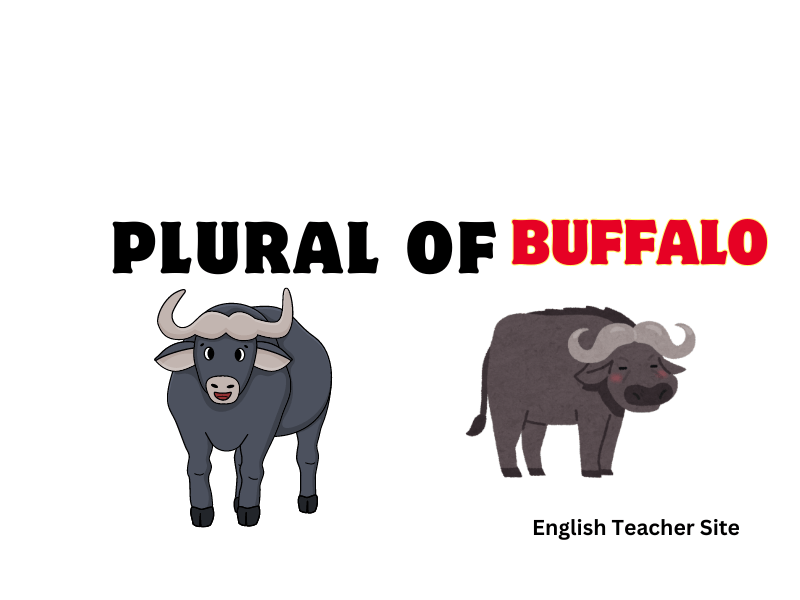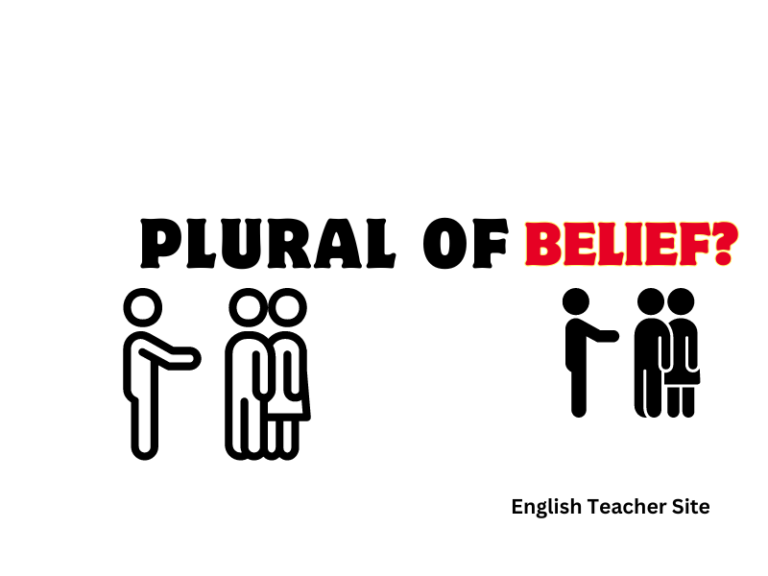Plural of Buffalo: 5 Surprising Facts You Didn’t Know

In English, we encounter many irregular plural nouns, such as “goose” becoming “geese” and “child” becoming “children.” But one word stands out due to its peculiar form: “buffalo.” Is it “buffaloes,” “buffalos,” or just “buffalo”? In this article, we’ll explore why “buffalo” remains unchanged in its plural form and examine some fascinating facts about the word and its cultural significance.
1. The Plural of Buffalo is Actually ‘Buffalo’
Unlike most English nouns, the plural of “buffalo” doesn’t require adding “-s” or “-es.” This is because the word “buffalo” retains its original form from Latin. So, whether you’re talking about one buffalo or many, the word remains the same.
Example: “I saw a herd of buffalo today.” This sentence uses “buffalo” to refer to more than one animal, which is typical for some animal names in English.
Summary Bullet Points:
- Buffalo is both singular and plural.
- No “-s” or “-es” needed.
- Common in English for animal names (e.g., deer, sheep).
2. Other Common Nouns with Irregular Plurals Like ‘Buffalo’
Buffalo isn’t the only English noun that maintains the same form for both singular and plural. Other irregular nouns also follow this pattern, which can be a bit tricky for learners of English.
Examples:
- Sheep: “I saw two sheep.” The word “sheep” does not change in the plural form.
- Deer: “There are several deer in the forest.” Just like “buffalo,” “deer” stays the same for both singular and plural.
- Moose: “A moose wandered into the yard.” Here again, “moose” remains unchanged in the plural.
Summary Bullet Points:
- Buffalo is not unique in having no plural form change.
- Other examples include sheep, deer, and moose.
3. The Cultural and Historical Impact of the Word ‘Buffalo’
The word “buffalo” carries significant cultural and historical weight, especially in Native American cultures. The buffalo has been a symbol of strength and survival, playing a central role in the lives of many Indigenous peoples.
In addition to Native American tribes like the Lakota, the buffalo is also an important animal in other regions. For instance, the water buffalo is a critical part of agricultural life in countries like India.
Summary Bullet Points:
- Native American significance.
- Cultural impact in multiple regions.
- Symbolism of buffalo in different societies.
4. When to Use ‘Buffaloes’ or ‘Buffalos’
While “buffalo” is technically the correct plural form, you might encounter “buffaloes” or “buffalos” in informal contexts, regional dialects, or in certain writing styles. This can sometimes cause confusion for English learners.
Example: “I read that buffaloes are endangered in some areas.” Although “buffaloes” is not the standard plural form, it’s still used in everyday language.
Summary Bullet Points:
- “Buffalo” is the preferred plural.
- “Buffaloes” or “buffalos” may be seen in informal writing.
- Regional variations in English usage.

5. The Etymology of the Word ‘Buffalo’ and Its Influence on Plurals
The word “buffalo” comes from the Greek word “boubalos,” which referred to a type of wild ox. Over time, it evolved through Latin into the modern English version, which retains the singular and plural form.
Understanding its origin helps explain why “buffalo” does not follow the typical rules of pluralization.
Example: “The buffalo’s journey through history is fascinating, especially with how it maintained its form.”
Summary Bullet Points:
- Origin of “buffalo” from Greek.
- Evolution through Latin into modern English.
- No plural modification was carried through.
Practice Exercises
Exercise 1: Choose the correct plural form: “There were 10 __________ in the field.” (buffalo, buffaloes, buffalos)
Exercise 2: Fill in the blanks: “Many __________ were seen near the river.” (buffalo, buffaloes, buffalos)
Exercise 3: True or False: “The plural of buffalo is ‘buffalos’.”
Answer Key:
- buffalo
- buffalo
- False
Common Learner Mistakes and Corrections
- Mistake 1: Using “buffalos” instead of “buffalo.”
Correction: Stick to “buffalo” as the correct plural form. - Mistake 2: Confusing “buffalo” as both singular and plural.
Correction: Remember, “buffalo” works in both singular and plural contexts. - Mistake 3: Using “buffaloes” in formal writing.
Correction: “Buffalo” is standard in formal writing, but “buffaloes” might appear informally.
Synonyms and Related Vocabulary
- Bison: A related species of large mammals often confused with buffalo.
- Herd: A group of buffalo.
- Plains: The type of habitat where buffalo are commonly found.
- Migration: The movement of buffalo from one area to another.
FAQ Section
Q1: Why is the plural of buffalo the same as the singular?
A1: The plural of buffalo remains the same due to its origins in Latin and its unique usage in English as an animal name.
Q2: Are there any other animal names with the same plural structure as buffalo?
A2: Yes, similar examples include sheep, deer, and moose, where the plural form does not change.
Q3: When is it appropriate to use “buffaloes” or “buffalos” instead of “buffalo”?
A3: “Buffaloes” or “buffalos” may be used informally or in regional dialects, but the standard plural form is “buffalo.”
Sources
My name is Khamis Maiouf. I am the creator of the English Teacher Site, dedicated to providing valuable resources and insights for students around the world. With a passion for education and a commitment to helping students enhance their skills, I aim to make English teaching more effective and enjoyable for both educators and students.






